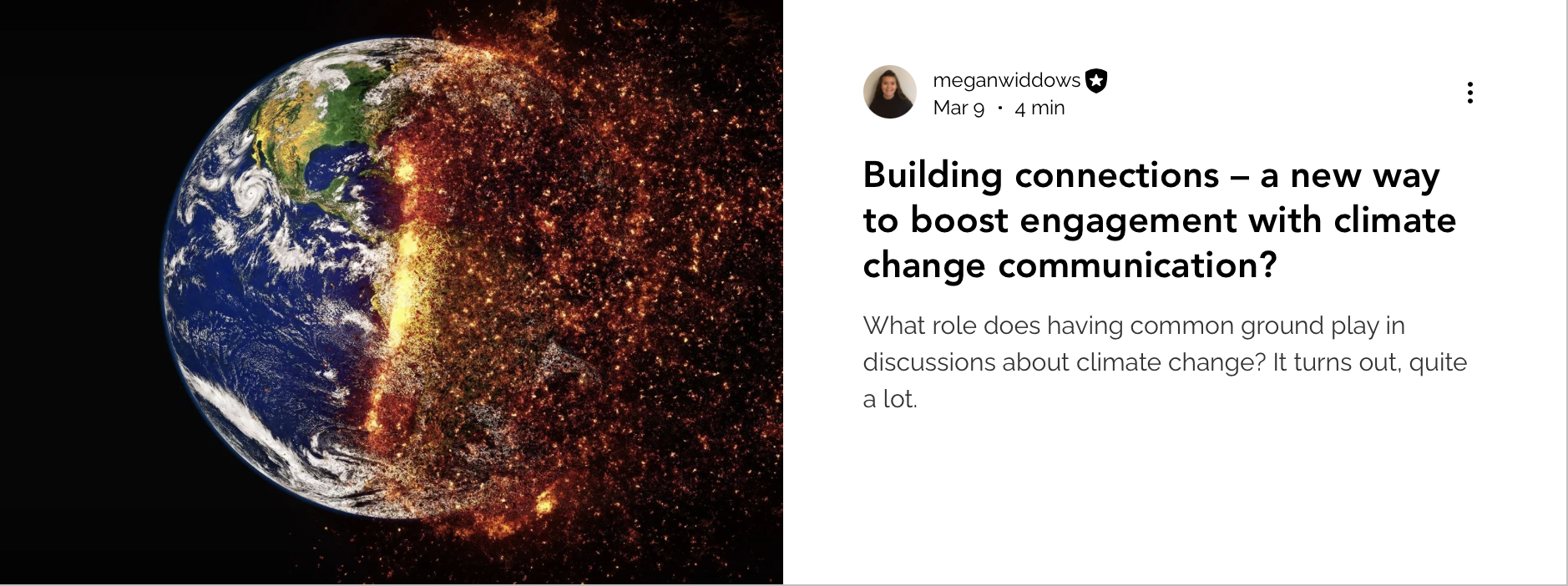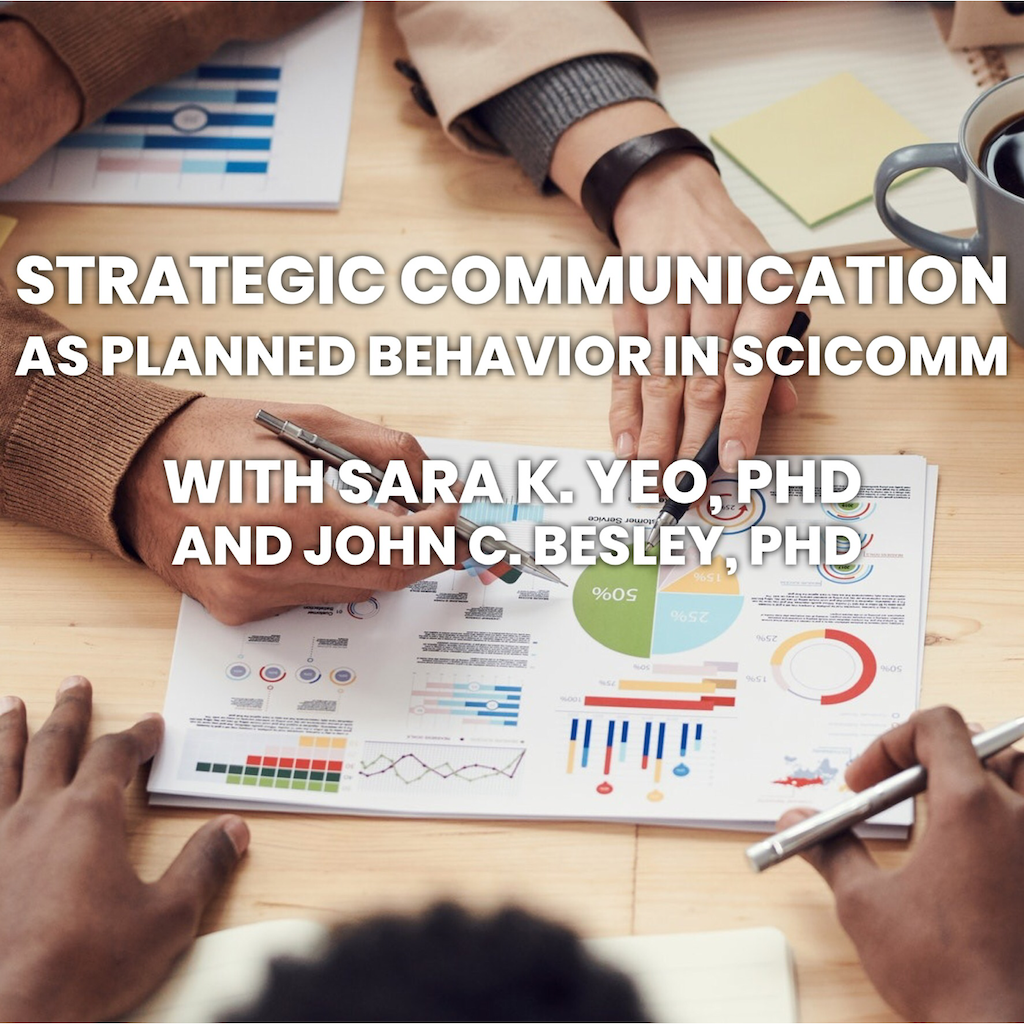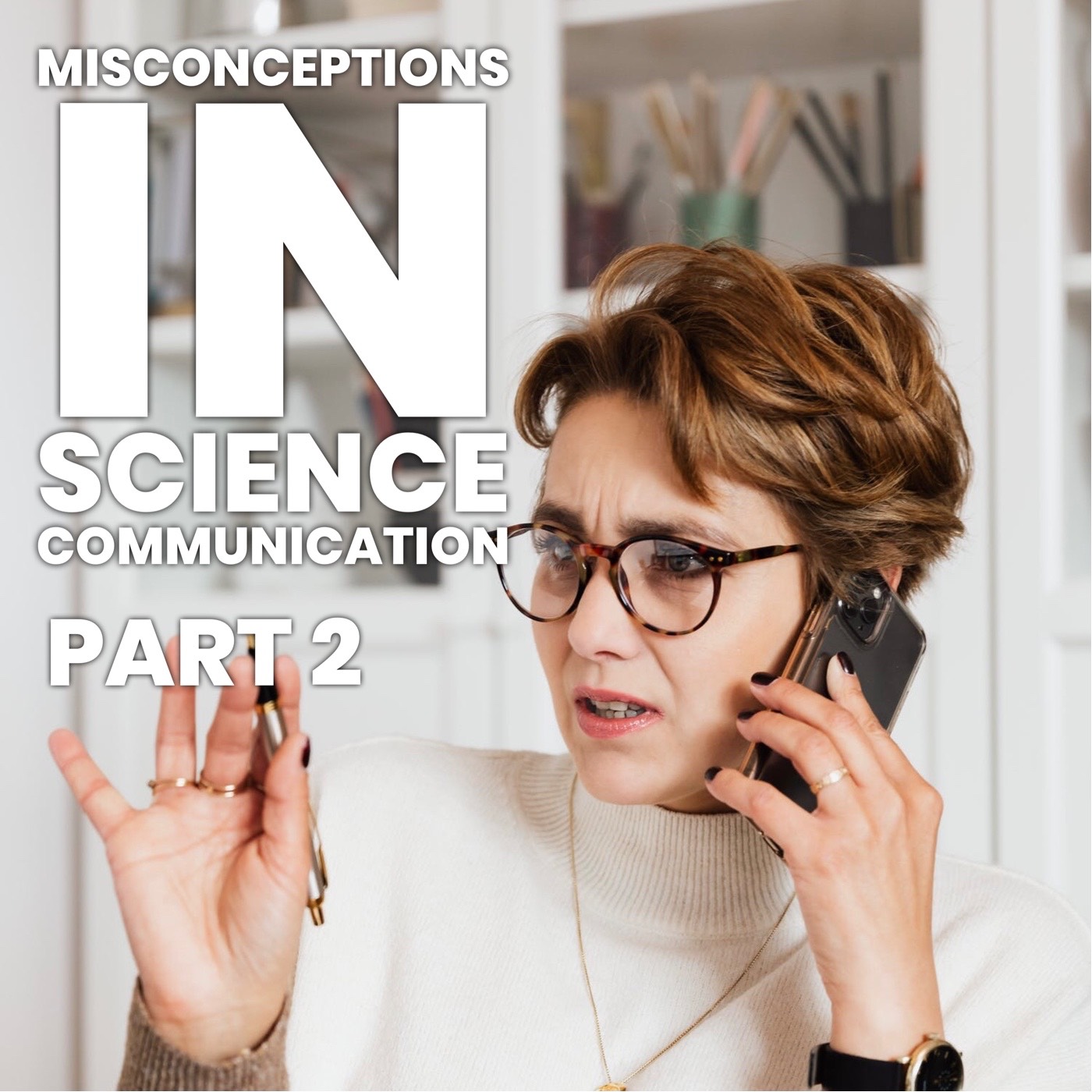Connecting Science Communication Research with Action
Below is a curated selection of features from the field of science communication written by collaborators.
7 Ways Communication Can Help Reshape Perceptions of Chronic Pain
About 50 million adults in the United States suffer from chronic pain - pain that lasts longer than three months.A recent study, conducted by Gregory Carbonetti, sought to learn more about perceptions of pain as a first step to raising awareness...

Three Lessons from Don't Look Up for Science Communication
Movies can change a society. They can change culture. And they can illuminate a hard to define problem, and make it a visceral lesson shared by many. Don’t Look Up smashed weekly viewing records and became the second most viewed film in Netflix...

Building connections – a new way to boost engagement with climate change communication?
As previously shared on the Scicommbites platform, Megan Widdows covers a research article that takes a new approach to increasing engagement with climate change research. Check out the full post here.

How To Identify And Talk To Your Target Audience
When was the last time you sat in a scientific talk and had no idea what the presenter was talking about? Trust me, it’s not you. It’s them.

Strategic Communication as Planned Behavior in Scicomm
Science communication researchers, Sara K. Yeo (University of Utah) and John C. Besley (Michigan State University), discuss Strategic Communication as Planned Behavior and its role in communicating basic science/discovery research. A preview of a...

Misconceptions in Science Communication
Science communication (scicomm) is an emerging field, and therefore still susceptible to misconceptions, including a lack of understanding of the value of targeted messages, relying too heavily on facts and data, and believing that information alone...

